ICP-PDV
Are you a leader committed to fostering growth in others and creating an environment where individuals, teams, and teams of teams can thrive?
This course gives you insight into cultivating a continuous learning culture that empowers people and elevates results with organizational agility. What are the requirements to create an environment where people grow and develop to be at their best.
Our practical and in-depth Leading & Growing People course is designed to provide practical and in-depth insights into how you can enable individuals and the organization to reach their full potential by prioritizing a safe learning environment.
Our course is a dynamic 2-day workshop or ten engaging 2-hour online sessions, leading to a Professional Certification in Leading & Growing People (ICP-PDV) with Agile People and ICAgile.
If you are a leader who wants to learn to foster growth, create thriving environments, and enable a culture of dynamic learning in your organization, this is the training for you.
Gain the skills to enhance organizational agility and cultivate an environment that values continuous development. Invest in your people and unlock their potential for long-term success.
Target Audience

Leaders at all levels who see the value of growing a collaborative, people-centric organization and are committed to developing the people on their teams.

Agile coaches want to learn more about the human aspect of agile and to better facilitate effective teamwork and collaboration within organizations.

Consultants that want to deepen their agile understanding to support customers in agile transformations better.

HR professionals at all levels who want to understand and develop people-centric processes and leadership.

Curious individuals who seek growth and new challenges and believe in people-centric organizations.
What Differentiates Our Courses & Training Programs
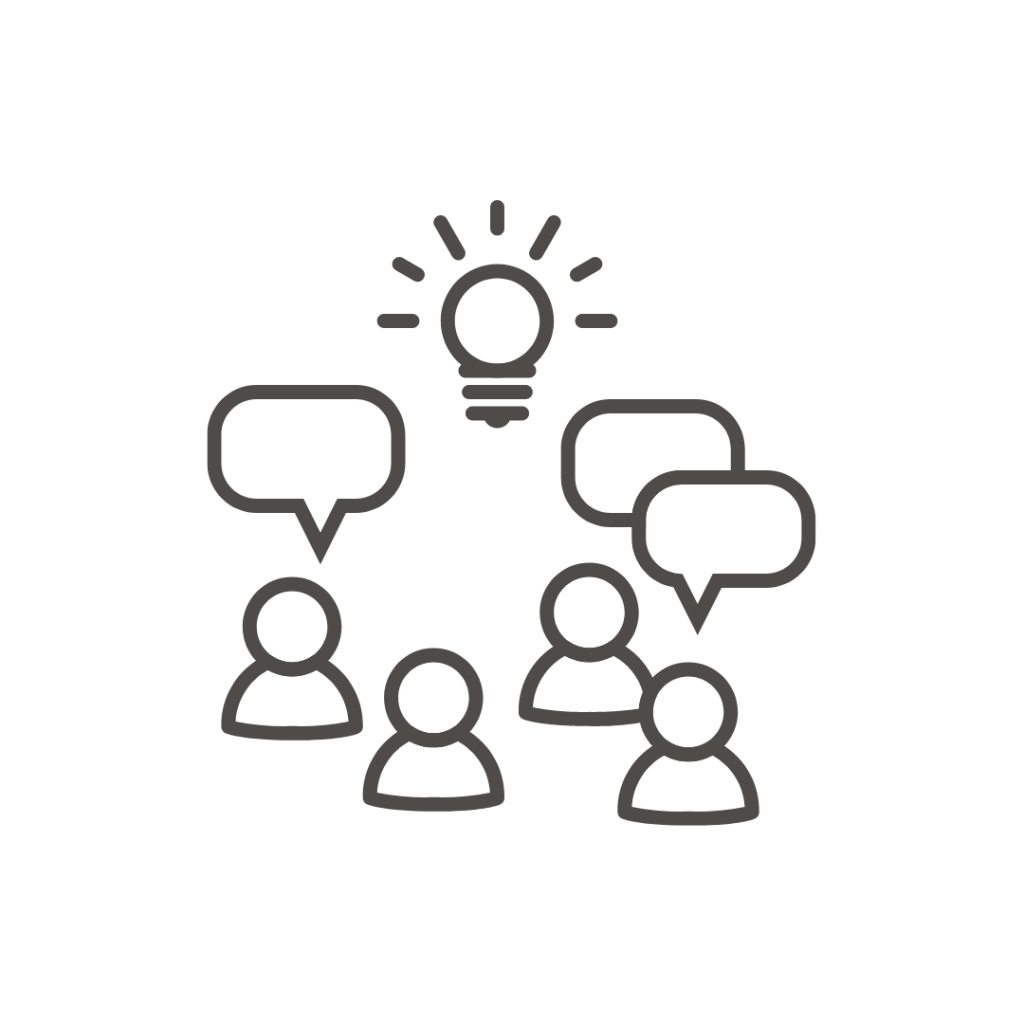
Our approach emphasizes interactive group work, enabling participants to learn from one another through shared experiences and knowledge during engaging group discussions.
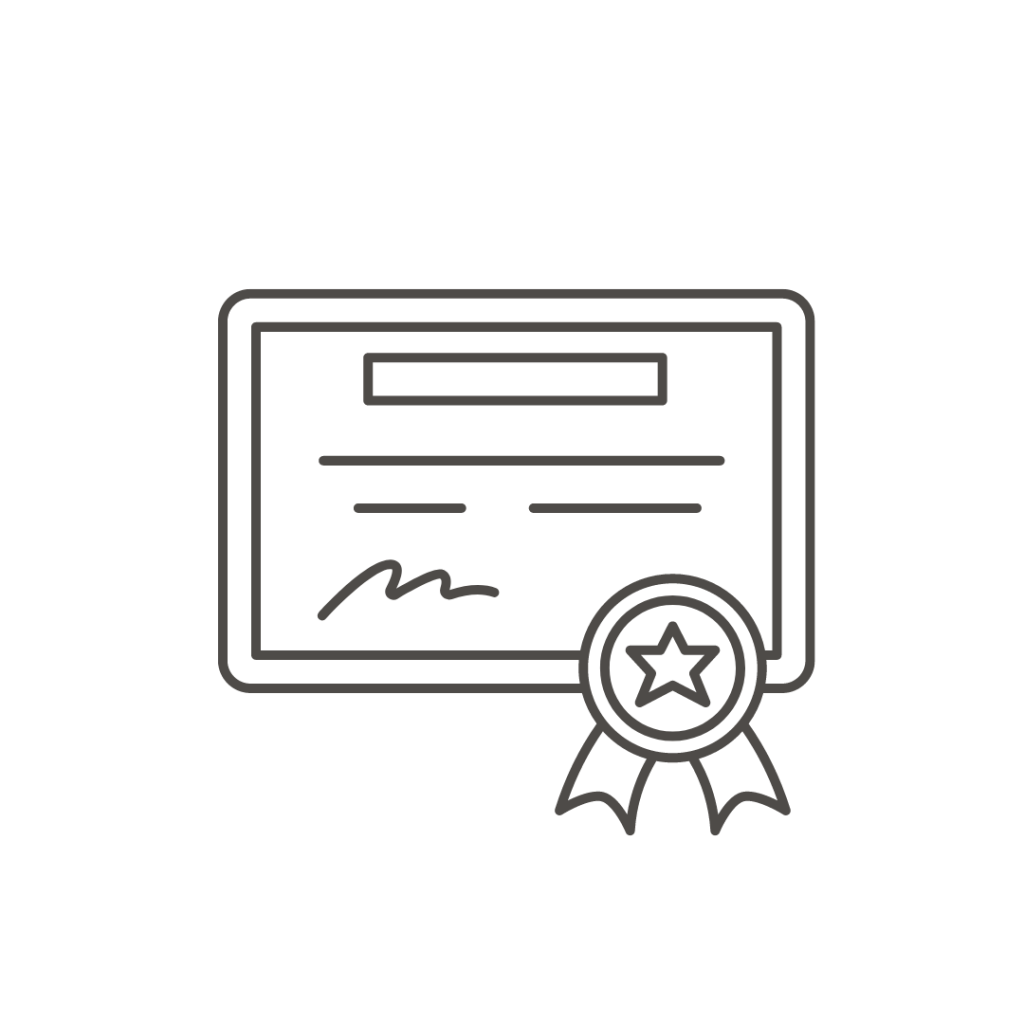
The course leads to a Professional Certification with Agile People and ICAgile. To ensure top-quality learning experiences against proven Learning Outcomes, our courses are accredited by ICAgile, a leading global agile accreditation and certification body.
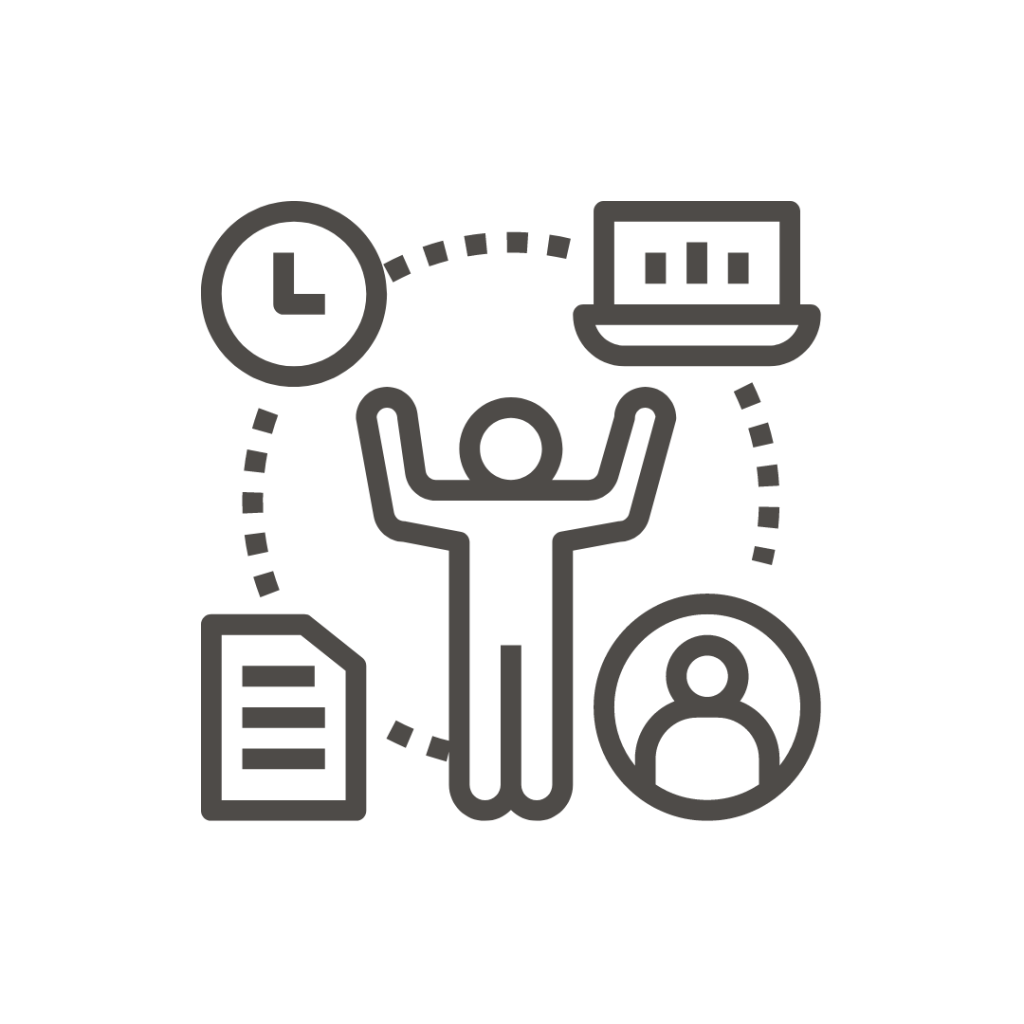
With both the online and in-person workshop, you will gain access to our Learning Management System (LMS), where you can delve into the theory and acquire in-depth knowledge of the subject matter at your phase.
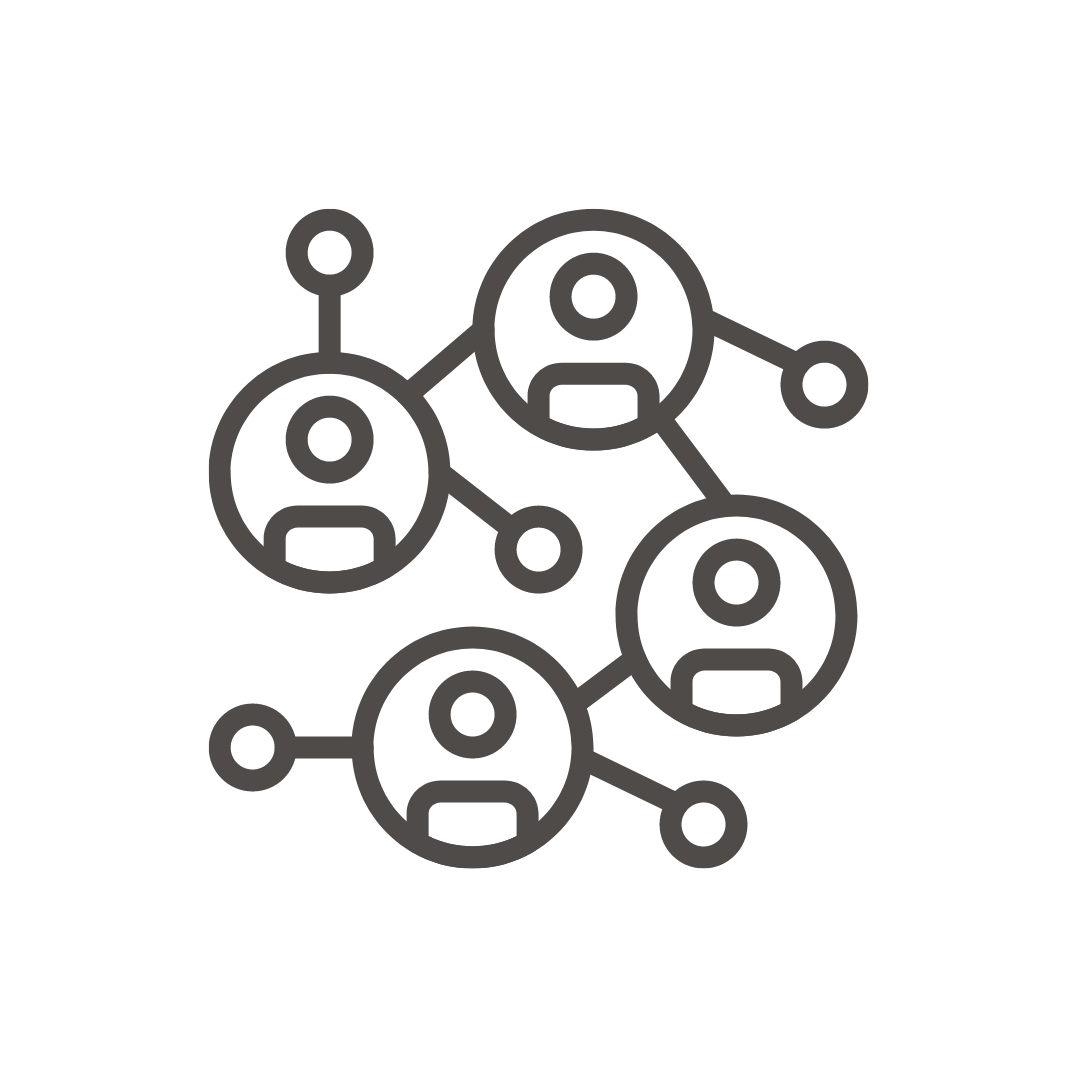
The training will teach you new skills and practical tools while establishing valuable connections. As part of our commitment to your agile journey, we organize regular events to enrich your learning experience further.
At Agile People, we consistently offer online training sessions and in-person workshops. Our dedication is to ensure that every participant gains the knowledge and skills they seek, whether they’re joining us virtually or in person.
Across the globe, our licensed, experienced trainers deliver our training courses and programs with the same dedication, and we are proud to have this global footprint. They frequently offer instruction in their native languages for localized understanding and relevance.
Online via Zoom
More Course Information
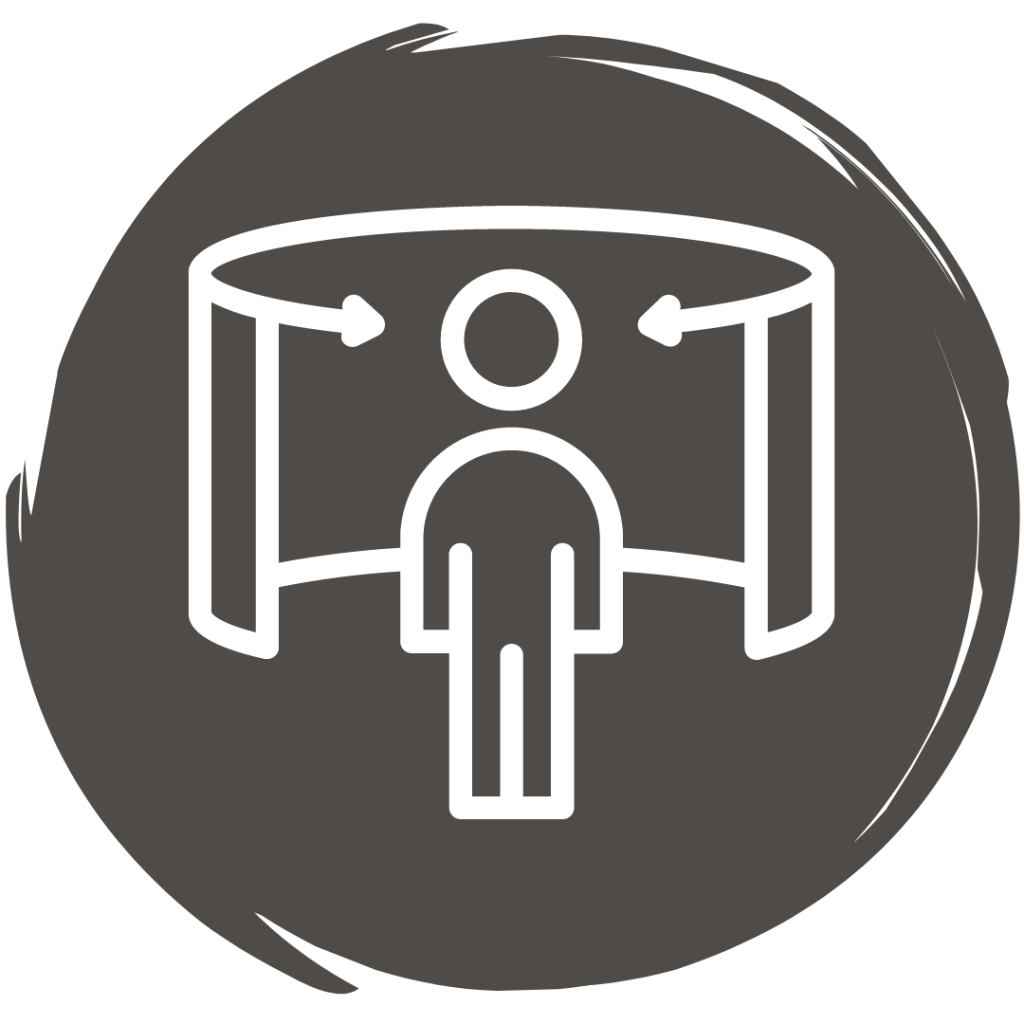
The online and in-person workshops cover ten key topics and are described more in detail in our Course Description.
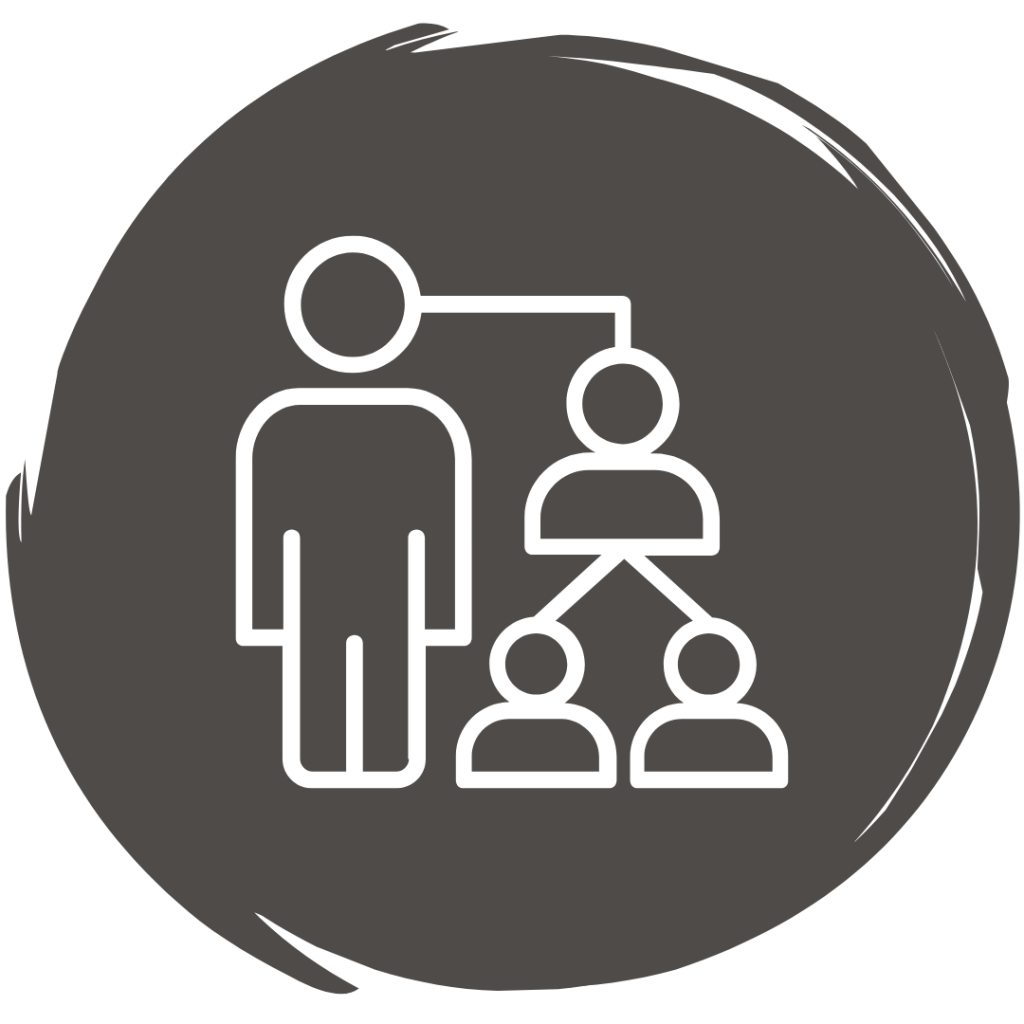
The training covers three perspectives; Individual (you), team (we in our group), and organizational (all of us).
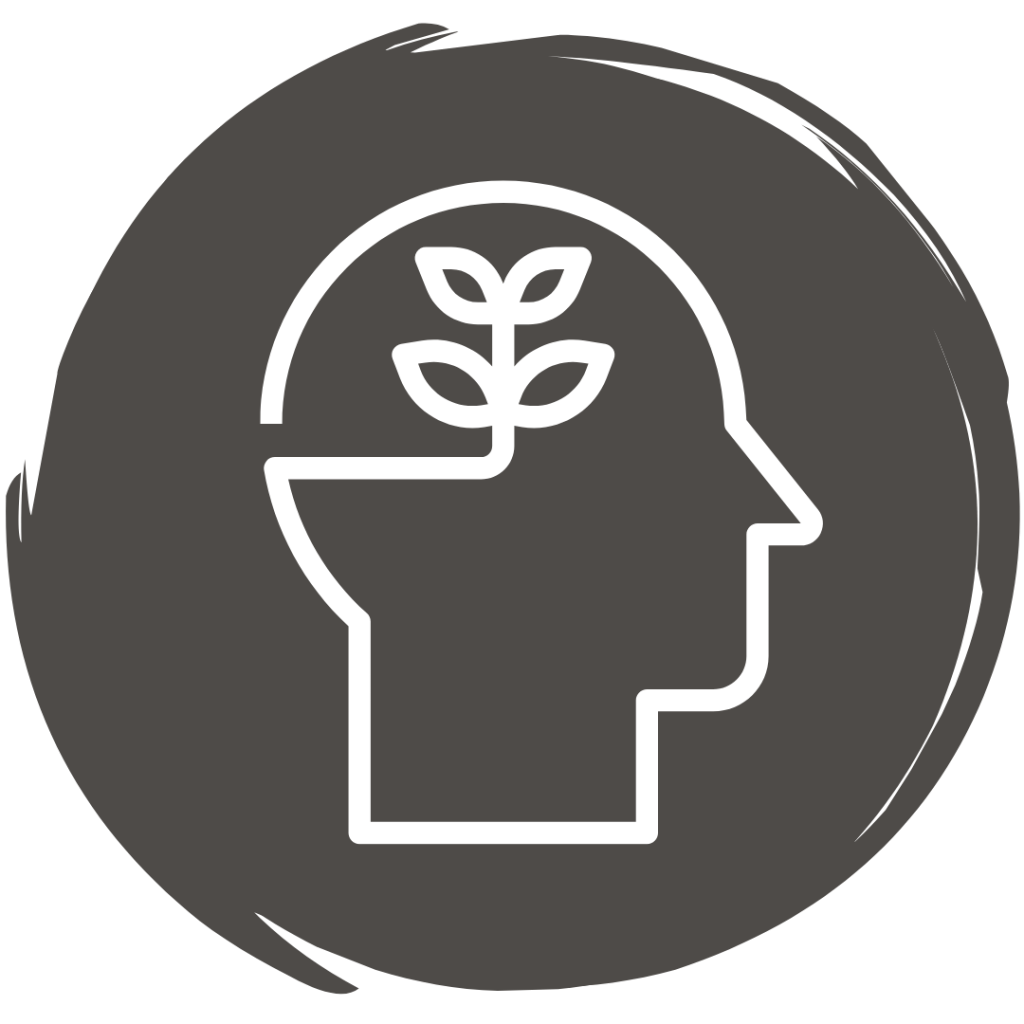
ICAgile accredits our courses and programs, and all our courses have a detailed learning outcome.
Other Courses
Bryggvägen 21
117 71 Stockholm
Sweden
Corporate ID no: 559002-6836
VAT no: SE559002683601
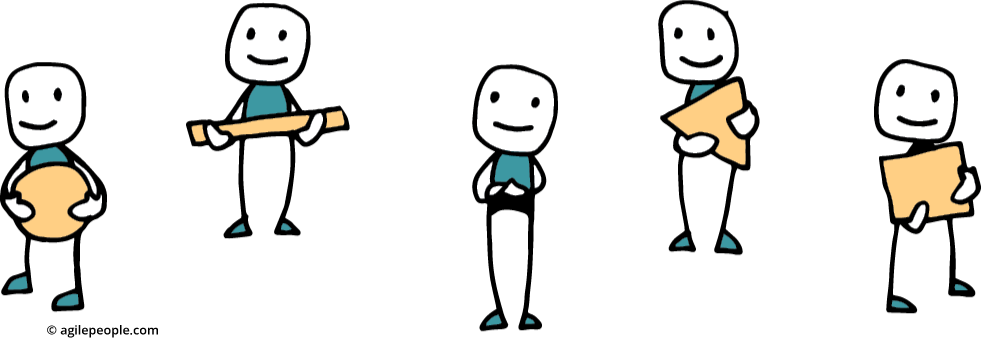
This course is divided into ten engaging sessions.
Agile People Development
Session D1: Deep Dive into Agile People Principles
The foundation of Agile Peoples’ mindset is about the principles, values, methods, and tools that we need to start using to release competence and innovation – and what we stop doing. This session is an introduction to each other and how we run the training.
Session D2: Types of Learning and the Effect on the Culture
Individual agility influences organizational agility. Here, we describe ways to increase engagement within organizations. Assessing the culture, we recommend how to create a continuous learning culture. What are the factors that would promote vs. detract from this kind of culture?
Session D3: Being a Role Model for Continuous Development
We evaluate your attitudes towards learning and the importance of self-development and others’ development within the organization. Unlearning existing knowledge and beliefs becomes vital to create opportunities for new learning to happen. The insight that learning is an organizational competency tied to people’s specific behaviors – how can we avoid the wrong behaviors and amplify those that support a learning culture?
Session D4: Delegating Outcomes and Hiring to Elevate
We are focusing more on delegating outcomes than delegating tasks that impact learning and development in the organization. How can we empower, and what delegation techniques are there? How do we limit the way we charge responsibility and decision-making? We contrast hiring to elevate vs. hiring to delegate and provide examples of hiring to upgrade.
Session D5: Early Focus on Motivation and Brain-Based Learning
Learning in your way starts early in the onboarding process when joining a new team. Your motivational factors will decide within what areas and how you would like to develop yourself. The SCARF model helps to understand how your brain works and what learning techniques work with your brain, not against it. What is the difference between you and other team members, and how can you overcome these to work well together.
Session D6: Developing Your Learning Journey
We are explaining here how to co-create development plans and how to encourage individual ownership of development. What tools can be used in self-evaluation with individuals and teams in your organization to identify strengths, passions, and interests? How to link personal development plans to align with organizational needs, and what happens when personal and company goals do not align?
Session D7: Everybody needs to be a Leader and find their Unique Style
Leadership at every level is necessary and valuable in an agile organization. Self-leadership becomes a must for every employee, and for most people, it’s also about helping to lead others. Finding your leadership style is essential – you need to be authentic. Here, we also learn how to approach difficult conversations that challenge behavior without undermining the individual’s dignity.
Session D8: Self-organizing for Collective Outcomes in a Suitable Environment Enables Team Accountability
We learn why self-organizing can make the team move quicker through team development stages and what leadership skills are required to speed up the process and shape the environment. Different physical environments impact a team’s ability to collaborate and learn toward a shared, collective purpose when moving through team development.
Session D9: Providing Effective Feedback and Setting up the Team to Succeed in the Larger System
We look at encouraging open, multi-directional, and timely feedback within teams and how teams can relate and be visible in the larger organization. What impact could organizational conditions, such as imperative structures, impact the team and the relationships between team members? What scenarios are there, and when should we intervene.
Session D10: Diversity, Psychological Safety, and Conflicts in Teams
There are many benefits of diverse teams over homogenous teams, and if there is psychological safety, cognitive diversity can maximize collaboration conditions. We examine how working together can create more value when we have a trusting, safe team environment. What leadership qualities become essential here, and how can leaders contribute to creating a healthy conflict climate?
Talent Acqusition
From People Management To People Development
Recognizing People Development As Fundamental To Enabling Business Agility
Developing Yourself As It Relates To Developing Others
Leading To Elevate Organizational Capability
Developing Individuals
Considerations For Individual Development
2.2. Co-Creation Of Growth and Development Plans In Others
Developing Leadership In Others
Leadership at Every Level
Developing Teams
Key Factors That Promote Team Development
Setting Teams Up For Success
Honoring Diverse Experiences, Knowledge, and Backgrounds
The Training Cover Three Perspectives:

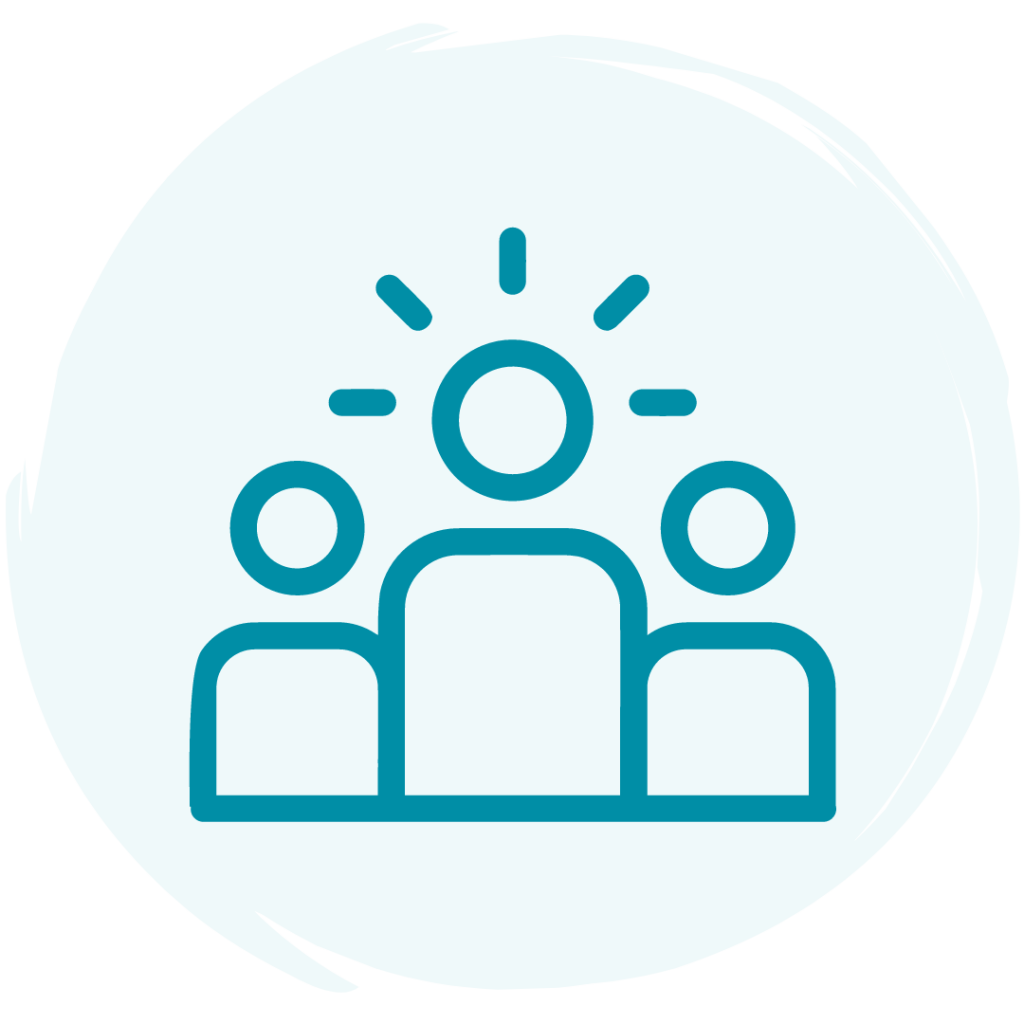
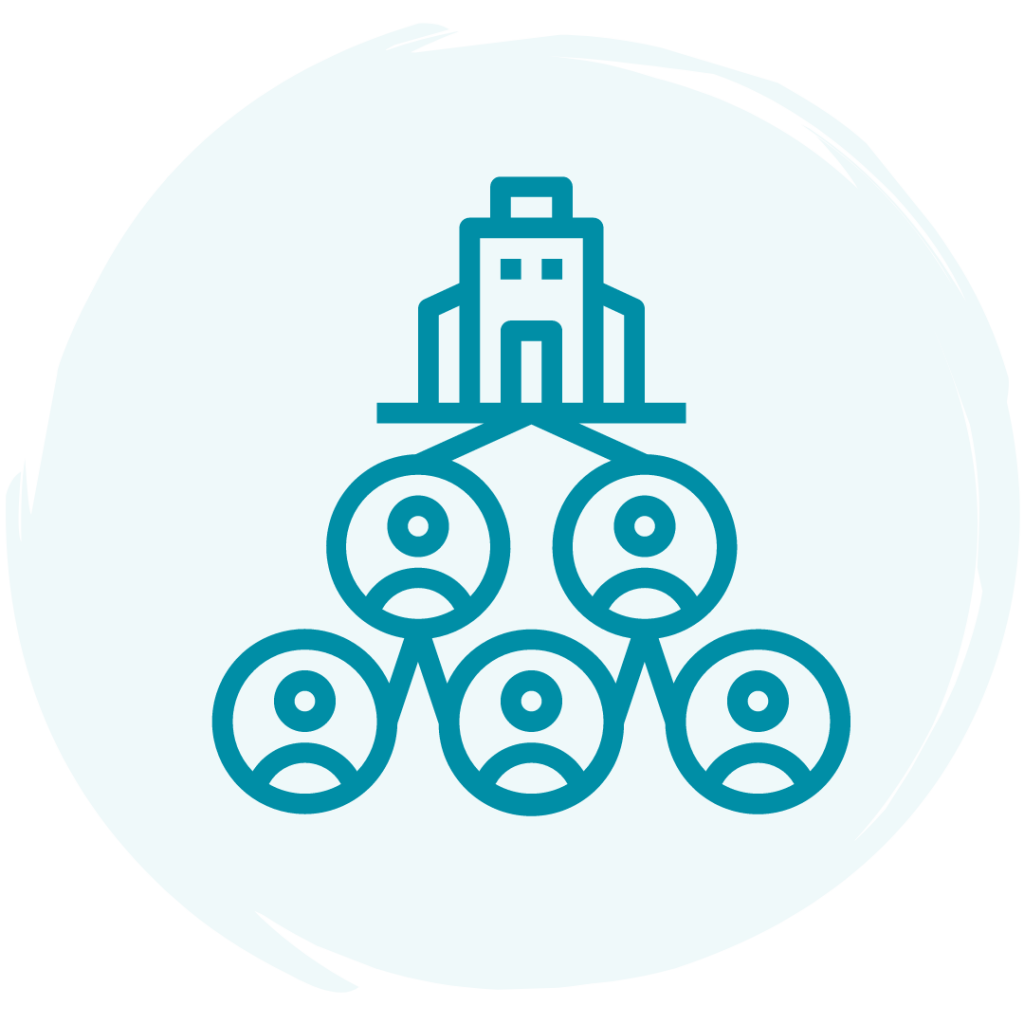

Glad you want to learn more!
Hello! I am Ingela, and I work with the core team at Agile People. I’d love to connect woth you and explore potential solutions.
You can write me an email or schedule a meeting to discuss further!